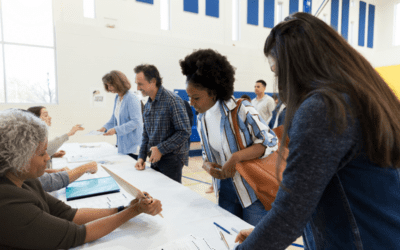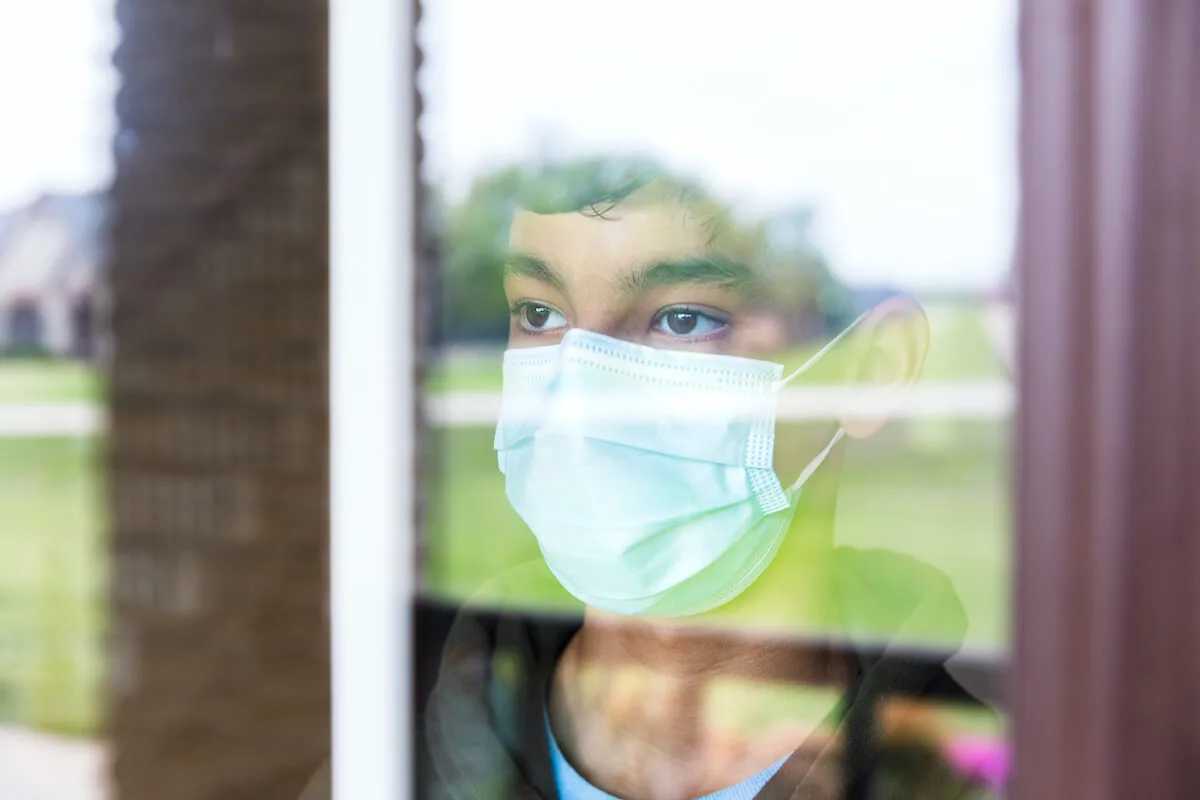
#image_title
Professionals cite lack of normal routine, lack of social interactions as contributing factors.
The start of a new school year typically signals a return to a routine, a reunion with classmates, and a time for students of all grade levels to pursue academic or athletic goals.
As with most aspects of life, the ongoing spread of the coronavirus is forcing students into unfamiliar territory, with the lack of a normal routine and regular social interaction making it difficult for some teens to find the energy some days to get out of bed or find the words to describe why they are increasingly plagued by nervous energy. Others can’t sleep, while some sleep too much.
Whatever form it is taking, the mental health effects of COVID-19 on children and teens is a frequent discussion topic among professionals with the American Academy of Pediatrics (AAP), said Dr. Dipesh Navsaria, president of the organization’s Wisconsin chapter.
“We’re seeing it throughout the country, and we’re certainly seeing it in Wisconsin,’’ said Navsaria, an associate professor of pediatrics in the University of Wisconsin School of Medicine. “There’s probably no child whose school has not been disrupted in some way.’’
The ongoing pandemic that has now claimed the lives of more than 1,300 Wisconsin residents is proving a challenge for K-12 and college administrators alike. With Wisconsin now seeing record-setting days of positive COVID-19 cases topping 2,000 daily, some students are finding themselves in school for a few weeks, only to see classes return to virtual learning because of outbreaks at their schools.
Dr. Jason Horowitz, a child psychologist at UW Health in Madison, said that the effects of social isolation vary among children.
“It’s a stressor that magnifies existing conditions,’’ said Horowitz, a father of grade-school children. “It makes anxious kids more anxious and depressed kids more depressed.”
Horowitz said other students are struggling with having to sit still for hours of online instruction.
“Schools have come a long way in improving online learning since last spring,’’ Horowitz said. “But school provides many benefits to children, and learning is only one piece of it. School also provides social time, exercise, outdoor time, and support of many types, from emotional support to food. Some of these are more easily replaced than others.”
Recognizing the impacts of the pandemic on the populations’ mental health, the National Alliance on Mental Illness (NAMI) created COVID-19 resource and information guides, as well as webinars to reach more specific groups. For more information, click here.
“I think we’re underestimating the risks our kids face from loneliness or isolation and from increased screen time,’’ said Dr. Lynn K. Wagner, an integrative medicine physician from De Pere and mother of middle- and high-school students. “When kids spend all day online, their vision gets funky, and they may turn to getting dopamine hits from social media. I think what it’s doing to their brains is deadly. It is literally sucking out their vital life force.”
The experts agree that daily outdoor exercise and some type of safe socializing with other children are key. Wagner said that on days when her kids have sports practice, “they have a different energy, they’re more plugged in.”
Wagner’s daughter, Heidi Lulloff, a senior at Notre Dame Academy, agrees. Even though her school has had to go virtual due to an outbreak in the Green Bay community, her cross country team is still competing but with a smaller group and at smaller meets. She even looks forward to practice.
“It’s really nice being above to have a purpose in your day,” Lulloff said. “It’s like, ‘Great! We have practice today! Which is weird, because they’re hard.”
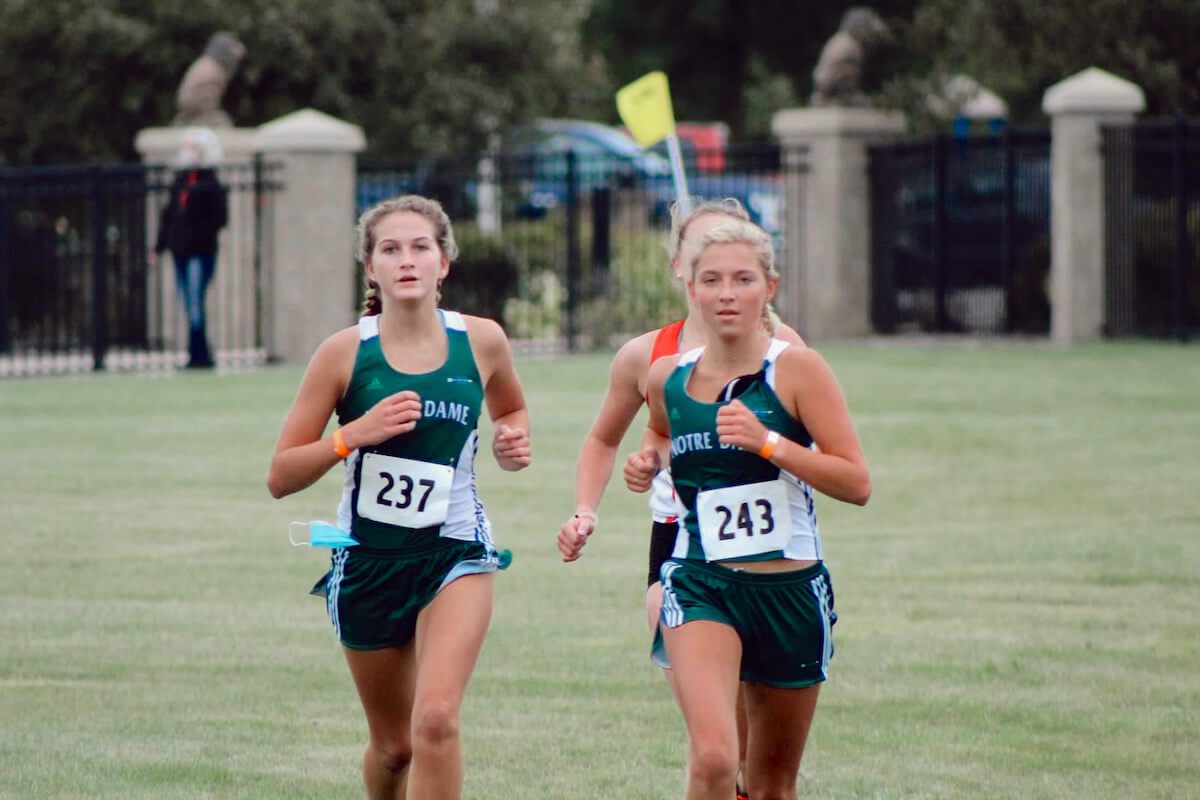
Wagner said even kids that don’t have organized sports can go on hikes and bike rides, and younger kids will benefit from just playing outdoors with other kids.
“Engage with another safe family that has same-aged children,’’ she said. “The act of getting together with kids from another family can work wonders.”
Horowitz said that parents can arrange “driveway hangouts” that let masked kids socialize and play at a safe distance.
He also advocates giving kids a sense of control by giving them concrete ways to help other people, such as writing letters to loved ones like grandparents or doing things for frontline workers. Some kids respond well to the idea that they’re being “superheroes” in the fight against COVID-19 by wearing masks and obeying the rules of distancing.
Navsaria said the advice of the late children’s television role model Mr. Rogers to “look for the helpers,’’ has never been so apt. Talk to children about all the people who are working to create new vaccines, caring for the sick, and making personal sacrifices to stop the spread of the virus, Navsaria said.
“I think how we talk about these things around children can give hope: They hear a message of cooperation and that we’re not in this alone,’’ Navsaria said.
Parents also need to be careful of projecting their own disappointment onto their children. He said that parents seemed more upset about children missing graduations and prom than the students themselves.
“We should acknowledge that they’re disappointments, but also not the end of the world,’’ said Navsaria, whose own son had a virtual high school graduation. “Think of the bragging rights the Class of 2020 will have.”
Wagner says it’s also important to have open lines of communication with kids, checking in with them and asking about unseen stressors, such as cyberbullying. She also recommends improving diets by including more oatmeal, fruit and plant-based foods, and setting up their online schooling area to reduce eye strain and improve posture.
Horowitz and Wagner acknowledge that this is a lot to ask of parents who’ve been “leaning in” to increase family time for a half a year already, with no end in sight.
Wagner sees mostly adults in her practice, and says that many parents are also struggling with their own COVID-related health issues, ranging from insomnia and weight gain to increased use of alcohol.
“I’ve written more prescriptions for antidepressants in the last six months than in the 10 years before that,’’ she says, adding that in many patients, the boost given by antidepressants helps propel them to make other changes that improve their mental health.
It’s also okay for parents to let kids know that they’re struggling, too.
“Affirm how they’re feeling and acknowledge that you can’t fix it,’’ said Wagner. “Let them know: ‘I feel this way, too. Is there anything we can do together to make it better?’”
How to Get Help:
Wisconsin callers to a national suicide prevention line are much more likely to connect with local resources thanks to a state grant that expands local staff available in Wisconsin.
Previously calls from the 65 Wisconsin counties not served by local lines often rolled over to a national call center. But thanks to new funding that began in August, nearly 85 percent of calls to the Wisconsin Lifeline are being answered in Wisconsin.
“When we capture calls locally, we can connect to local resources in their communities because we have a better sense of what is available here than someone in California may have,’’ says Shelly Missall, outreach coordinator for Wisconsin Lifeline. Her agency, Family Services of Northeast Wisconsin, was able to hire 15 new positions to take calls, thanks to the grant from the Wisconsin Department of Health Services (DHS).
The new counselors will help with the influx expected when 988 becomes the new nationwide number for the National Suicide Prevention Lifeline in 2022. For now, anyone wishing to connect to the National Suicide Prevention Lifeline should call 800-273-TALK (8255) and they will be connected to counselors here in Wisconsin.
Missall says that suicide calls are on an upward trend nationally and in Wisconsin. She says a recent DHS report on suicide in Wisconsin found that physical health problems, financial stress, and problems with intimate partners were top stressors of people.
“Definitely COVID can affect people in all those ways,’’ she said. “We’re here to create hope and help people when they need it.”

New Biden rules deliver automatic cash refunds for canceled flights, ban surprise fees
In the aftermath of a canceled or delayed flight, there’s nothing less appealing than spending hours on the phone waiting to speak with an airline...

One year on the Wienermobile: The life of a Wisconsin hotdogger
20,000+ miles. 16 states. 40+ cities. 12 months. Hotdogger Samantha Benish has been hard at work since graduating from the University of...
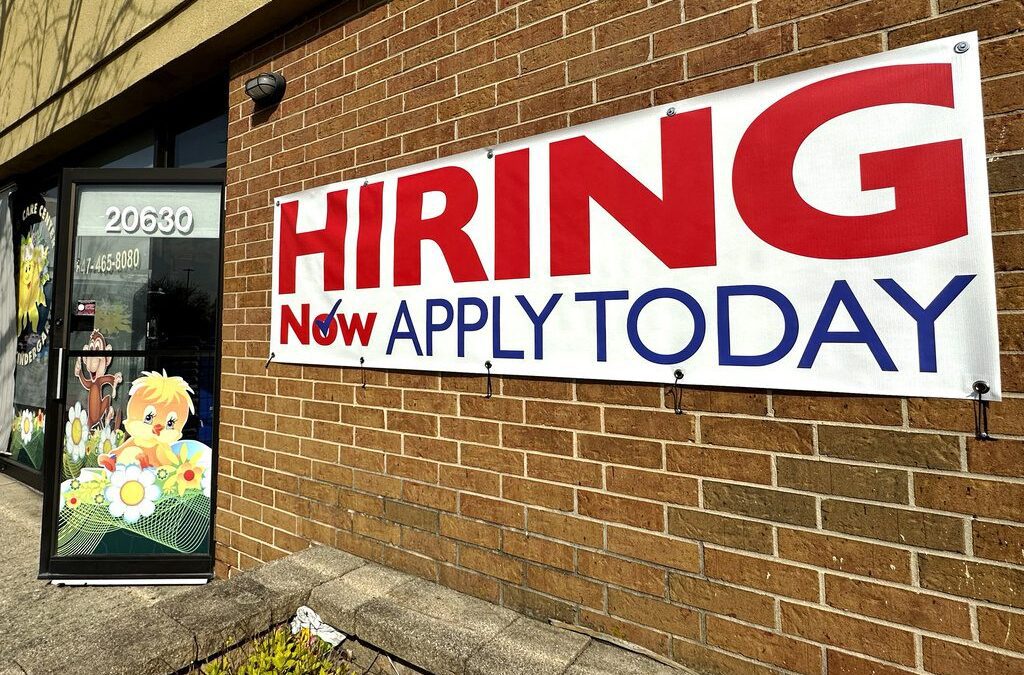
Biden makes 4 million more workers eligible for overtime pay
The Biden administration announced a new rule Tuesday to expand overtime pay for around 4 million lower-paid salaried employees nationwide. The...
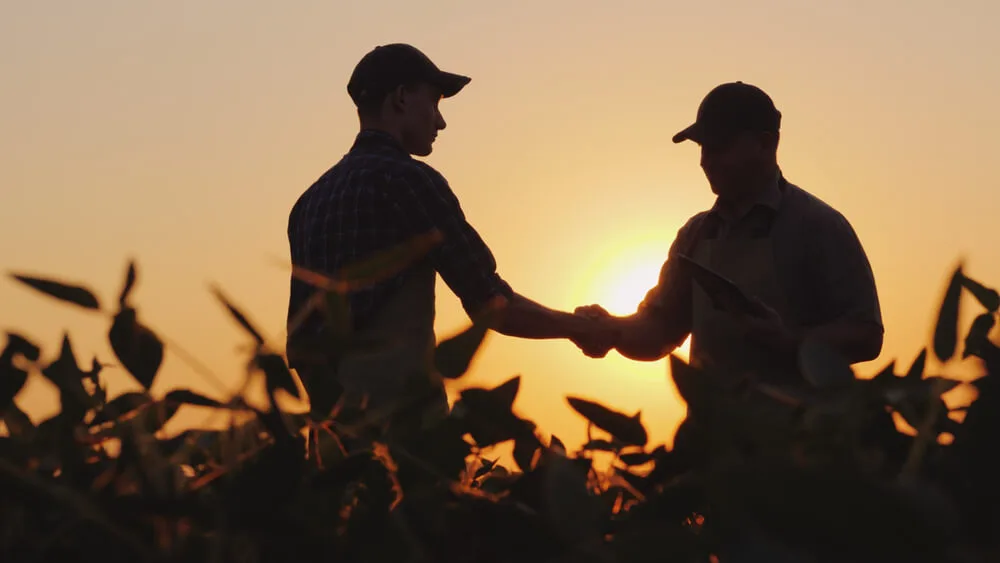
‘Radical’ Republican proposals threaten bipartisan farm bill, USDA Secretary says
In an appearance before the North American Agricultural Journalists last week, United States Department of Agriculture (USDA) Secretary Tom Vilsack...


